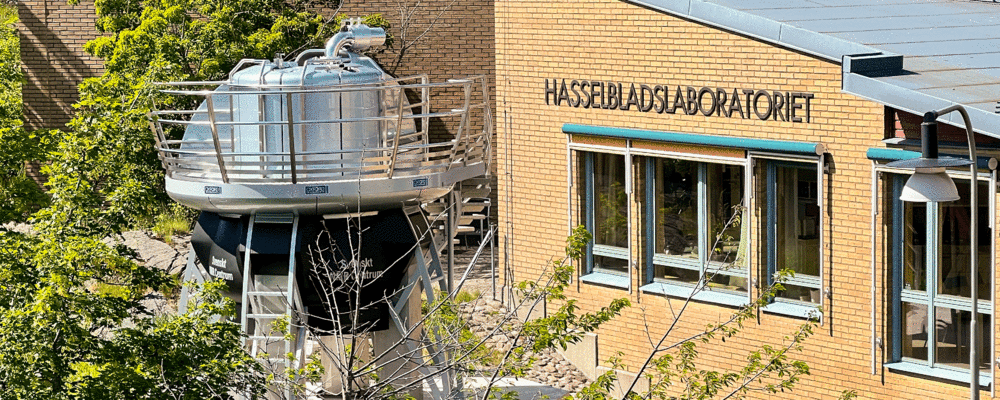Magnet makes life science research visible at the Swedish NMR centre
Outside the Swedish NMR Centre, at the Hasselblad laboratory on Medicinareberget, a large magnet has recently been set up. It was one of the world's first 900 MHz magnets and has previously been used at the Swedish NMR Centre between 2004 and 2018.
